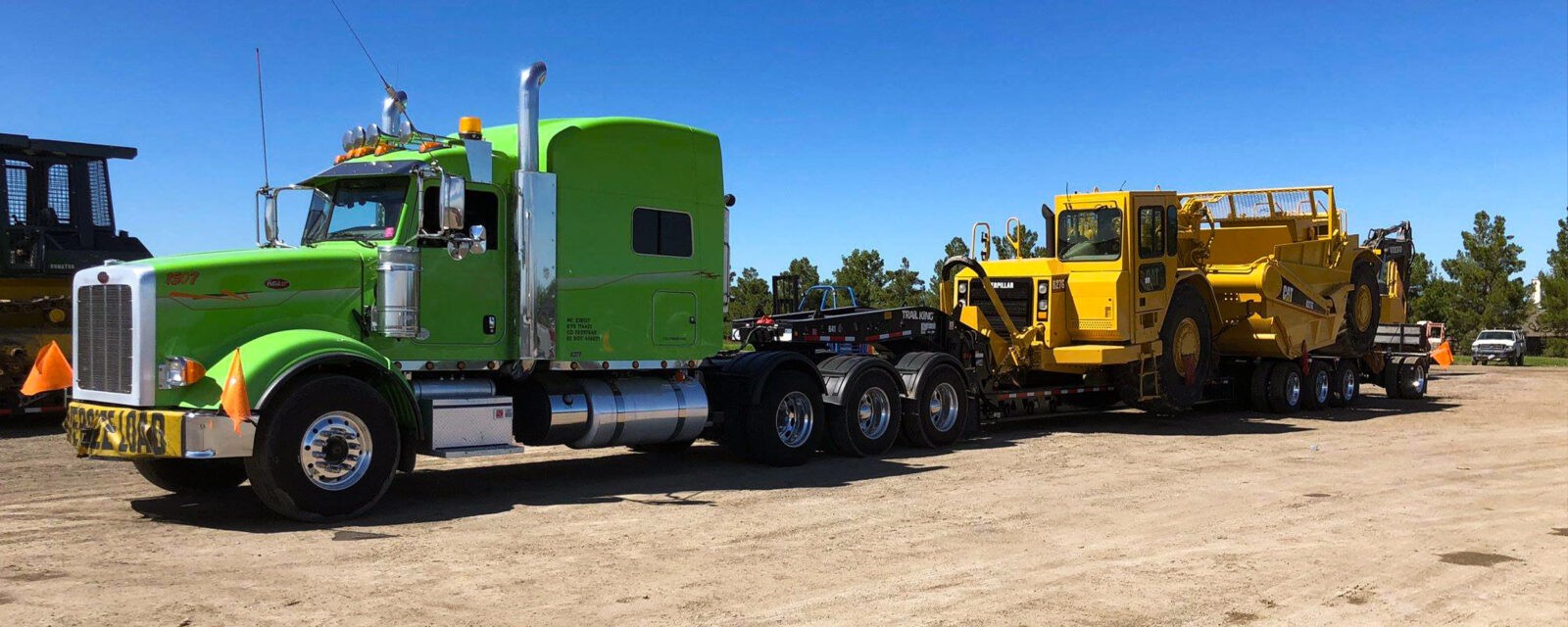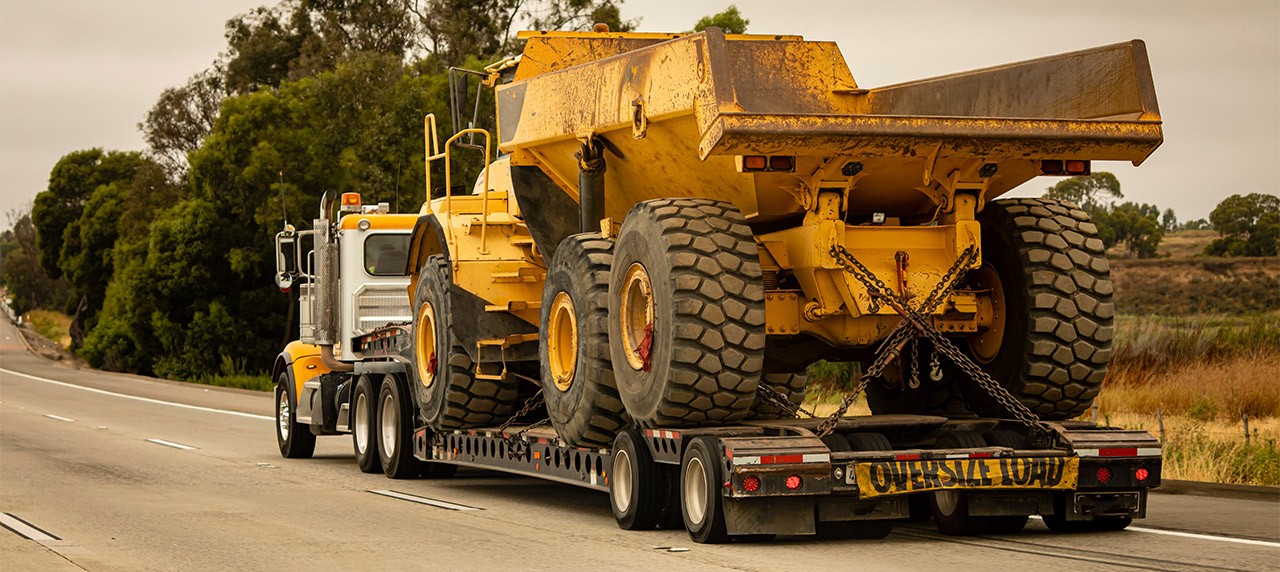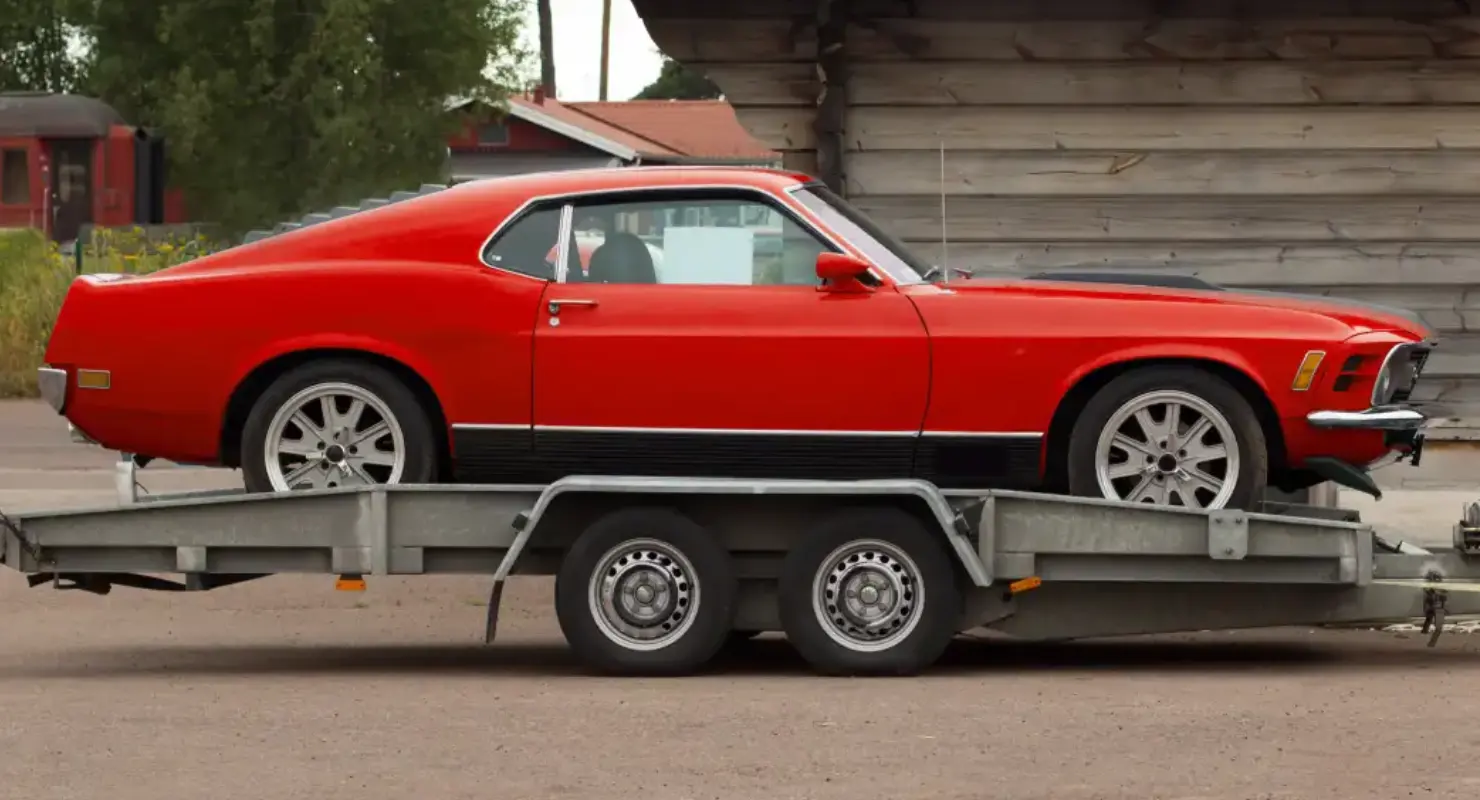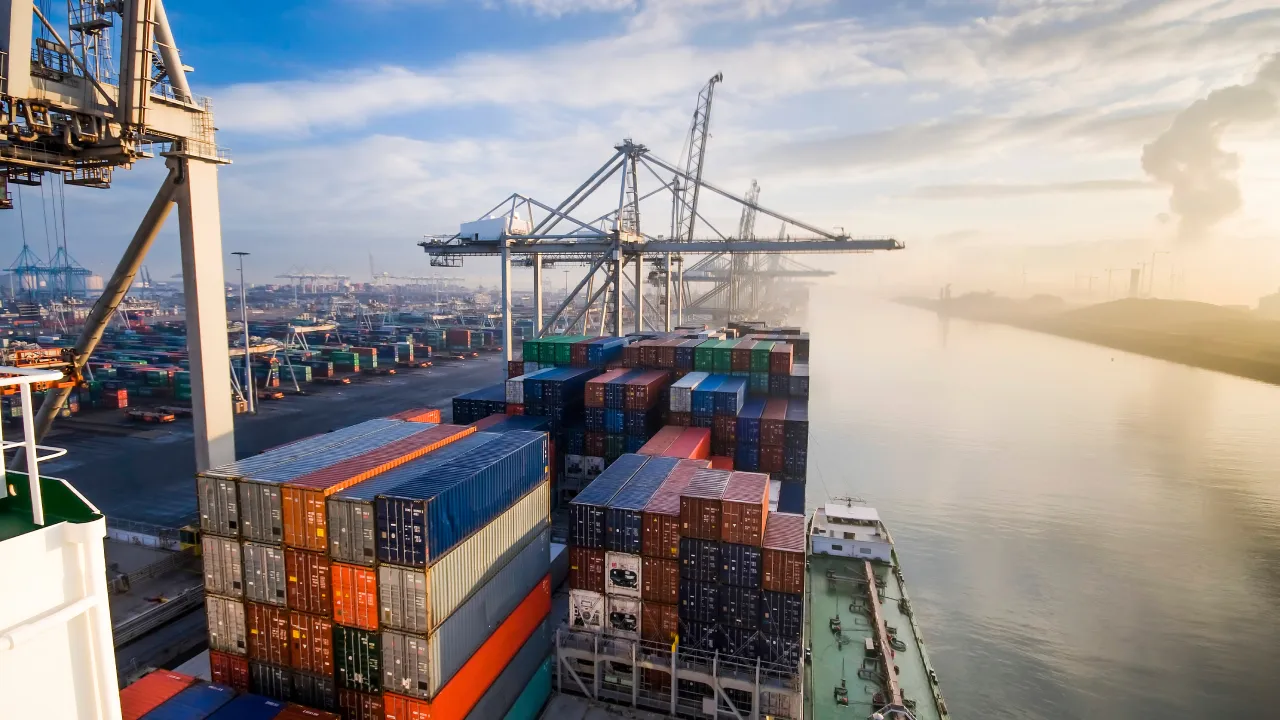
Shipping heavy equipment internationally can be a complex process involving multiple parties, regulations, and logistical challenges. However, with proper planning and preparation, it can be a smooth and successful operation.
The following ten basic concepts will teach you how to do it and ensure that international movement is efficient and error-free.
What is Heavy and Oversized Equipment?
These are powerful machines that are designed to perform tasks in construction, agriculture, mining, and other industries. Heavy machinery can be used to move earth, dig foundations, transport materials, lift heavy objects, and perform other tasks. Examples include: tractors, combines, sprayers, cotton pickers, bulldozers, excavators, backhoes, cranes, and loaders. These machines are essential for many industries and are often expensive to purchase and maintain.
Generally, heavy equipment can weigh anywhere from several tons to over a hundred tons. For example, a small excavator might weigh around 5 tons, while a large bulldozer could weigh up to 100 tons or more. The weight is an important factor to consider when transporting and operating it, as it can affect the type of transportation, handling, and permits required.
Types of Heavy and Oversized Equipment
Some examples include:
- Excavators are large machines for digging, lifting, and moving heavy materials.
- Bulldozers are used for grading and leveling earth and pushing large materials.
- Cranes are designed for lifting and moving heavy loads, such as construction materials and equipment.
- Loaders move materials, such as dirt, sand, and gravel.
- Tractors pull heavy loads, such as trailers and plows.
- Combines are used in agriculture for harvesting crops.
Freight Protection for Industrial Equipment Shipping
Freight protection is a must for safe transportation. There are several ways to protect the machinery during shipping, including:
- Wrapping and Padding: Use bubble wrap and padding to protect the equipment from scratches and damage
- Crates: Use wooden crates for protection. This is especially important for fragile equipment
- Tie-Downs: Use tie-downs to secure and to prevent it from moving
- Use Shock Absorbers: Use shock absorbers, such as a multidirectional plywood foam pad, to protect goods from shocks and vibrations
How to Prepare to Ship Heavy Equipment?
When preparing for shipping, some things to consider include:
- Thorough cleaning is crucial to avoid contaminating other cargo
- Ensure you have all documentation, including the Bill of Lading, commercial invoice, import/export licenses, permits, and insurance certificates
- Perform a comprehensive pre-shipment inspection to identify any damage or potential problems
- Secure all items firmly to the transport vehicle using robust chains, straps, or cables, employing reliable ratchet binders or tensioning mechanisms to prevent movement during the journey
- Communicate with the shipping provider to confirm they have all the necessary details for a safe and efficient transportation process
Heavy Equipment Shipping Overseas: Rules and Regulations

Before shipping heavy construction, agricultural, or industrial equipment internationally, knowing the rules and regulations is essential. Each country has its own rules and regulations, and it is vital to check with the relevant authorities to ensure compliance.
Some standard rules and regulations include:
- Many countries require licenses for the transport of heavy and oversized equipment. These permits specify the route, weight, and dimensions.
- For importing or exporting several types of regulations may apply:
- Engine emissions
- Fumigation
- USDA wash and inspection
- All countries require escort vehicles. These vehicles help to ensure the safety of the cargo and other drivers on the road.
- Many countries have weight limits for vehicles and loads. For example, in Europe, the maximum combined vehicle and payload limit is 40 tonnes..
- Some roads may be too narrow or steep to transport oversized cargo.
How to ship heavy equipment via ocean freight?
Heavy and Oversized Cargo Insurance
Shipping can be risky, and you need adequate insurance coverage in case of damage or loss.
This type of insurance typically covers the following:
- Damage or loss during transport.
- Theft or vandalism.
- Natural disasters, such as floods and earthquakes.
Cargo insurance does not cover anything that the shipper has control over that may have caused damage or loss. This can include but is not limited to improper packaging, delays due to poor planning, and not securing the cargo correctly.
Cost of Heavy Equipment Transportation
The cost can vary widely depending on several factors, including the distance of the shipment, the weight and size, the mode of transportation, and the level of service required. Here are some of the factors that can affect the cost:
- The distance of the shipment is one of the most significant factors affecting the cost of transportation.
- The weight and size will affect the cost of transportation.
- The level of service required will also impact the cost of transportation.
- The cost of insurance will vary depending on the value and the level of coverage required.
- Customs fees and duties may also apply to the transportation, increasing the overall cost.
Heavy Equipment Shipping and Removal Methods
There are several methods of shipping – containerization, flat racks, and rigging and crating. The method you use will depend on several factors, including the weight and size of, the distance to the destination, and the urgency of the shipment. Some standard methods include:
Roll-on/Roll-off (RoRo)
This involves driving the equipment onto a specialized vessel. The RoRo method is cost-effective for shipping self-propelled and towable cargo.
Lift-On Lift-Off (LoLo)
Shipping heavy cargo using LoLo requires ships with onboard cranes that lift shipments on and off.
Flat Rack
This method uses a specialized container for transportation. The machinery is loaded onto the container and secured with tie-downs. This is a good option for oversized or out-of-gauge cargo.
Containerized
Container loading can be a great way to ship small and medium-sized heavy equipment. During the process it is dismantled and loaded into the container. This provides an added layer of security and protection against the elements.
Breakbulk
Breakbulk shipping requires using a specialized vessel to transport cargo that cannot be transported using standard containers. It is loaded onto the ship using cranes and secured with tie-downs.
International Heavy Equipment Shipping Issues
It is more complex than domestic shipping. Keep up to date on the regulations and procedures governing international shipping. Some things to consider include:
- Each country has its own customs regulations, and you check them at your destination to avoid delays or penalties.
- Make sure all documentation, such as bills of lading and commercial invoices, is in order.
- Language barriers can be challenging. Work with a shipping provider with international experience and can provide translation services if necessary.
How to Choose a Freight Forwarder to Export Heavy Equipment?
Choosing the right provider will minimize delays and make the process run smoothly. Here are some things to consider when choosing a shipping provider:
- Look for a company that has experience in transporting heavy equipment and can provide references.
- Ensure the shipping provider is licensed and certified.
- Ensure the freight forwarder has adequate insurance coverage.
- Look for a agent that has additional services such as Loading and Disassembly, Rigging and Crating, Customs Brokerage, EPA and DOT Import Compliance
Transport Your Heavy Machinery With Atlantic Project Cargo
Shipping heavy equipment internationally can be a complex process, but with the proper preparation, documentation, and consolidator, it can be a smooth and successful experience.
Atlantic Project Cargo is a US-based logistics provider for oversized agricultural and construction equipment. With 20 years of experience, we have completed over 100.000 projects for 20.000 clients globally. We have a network of 11 warehouses and over 100 vehicles, including refrigerated trucks, for transportation and storage.
If you need to ship heavy equipment internationally, contact Atlantic Project Cargo for a free quote. We offer customized, hassle-free, and transparent service to ensure the success of your business.
And by the way don’t miss our new article with the list of top 10 well-known USA RV manufacturers!
Read More



